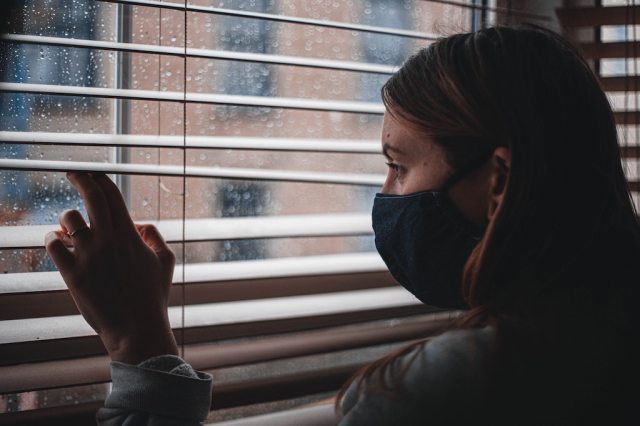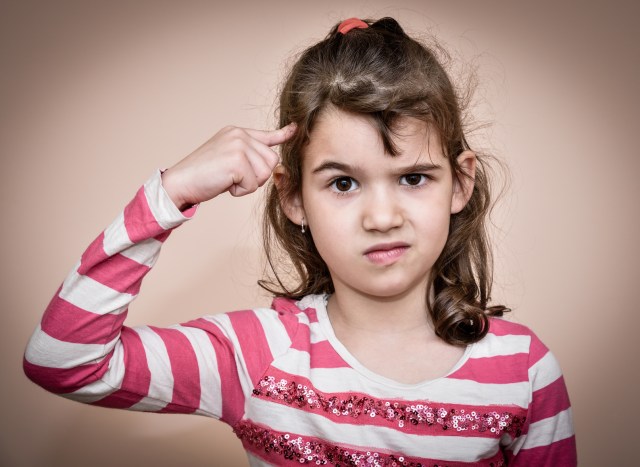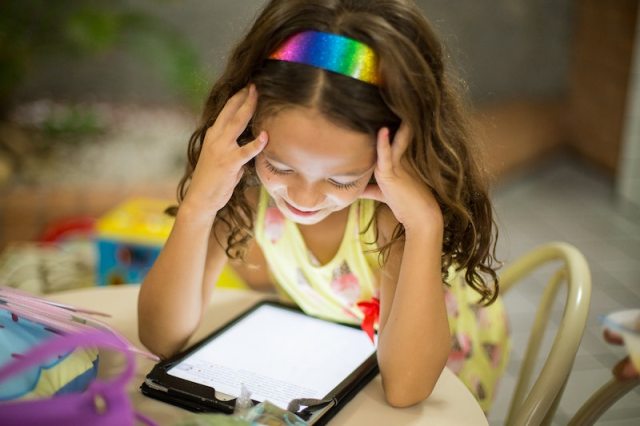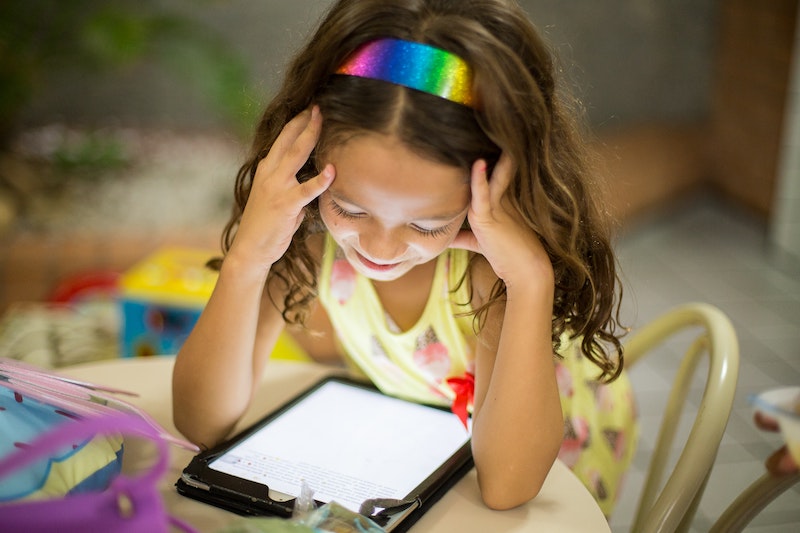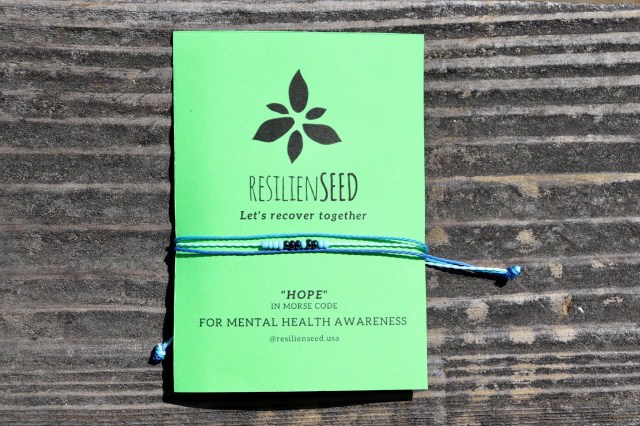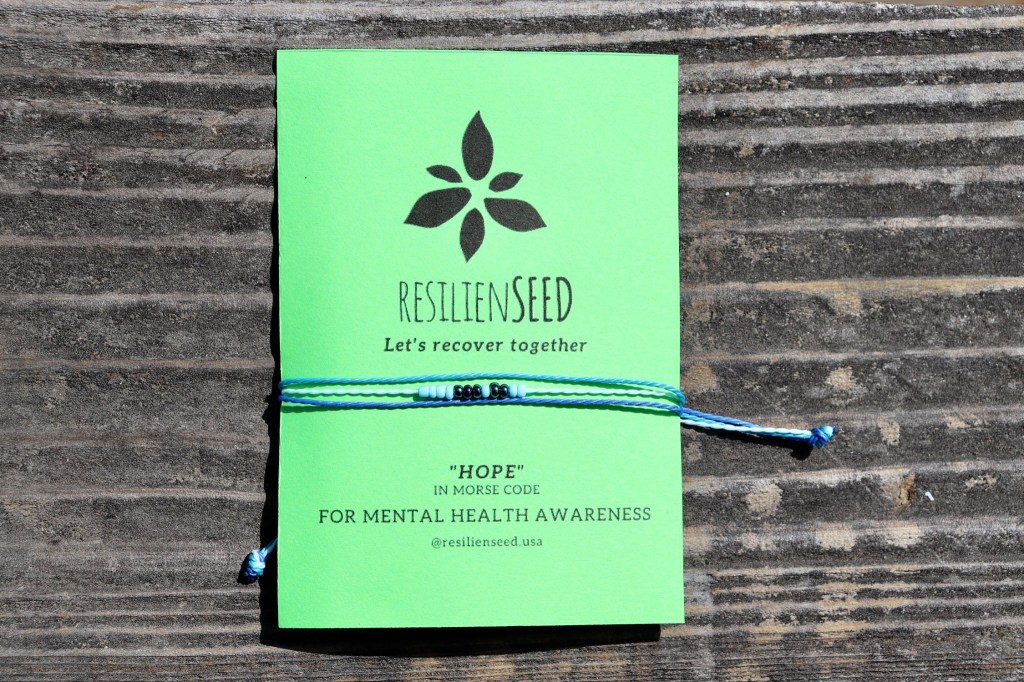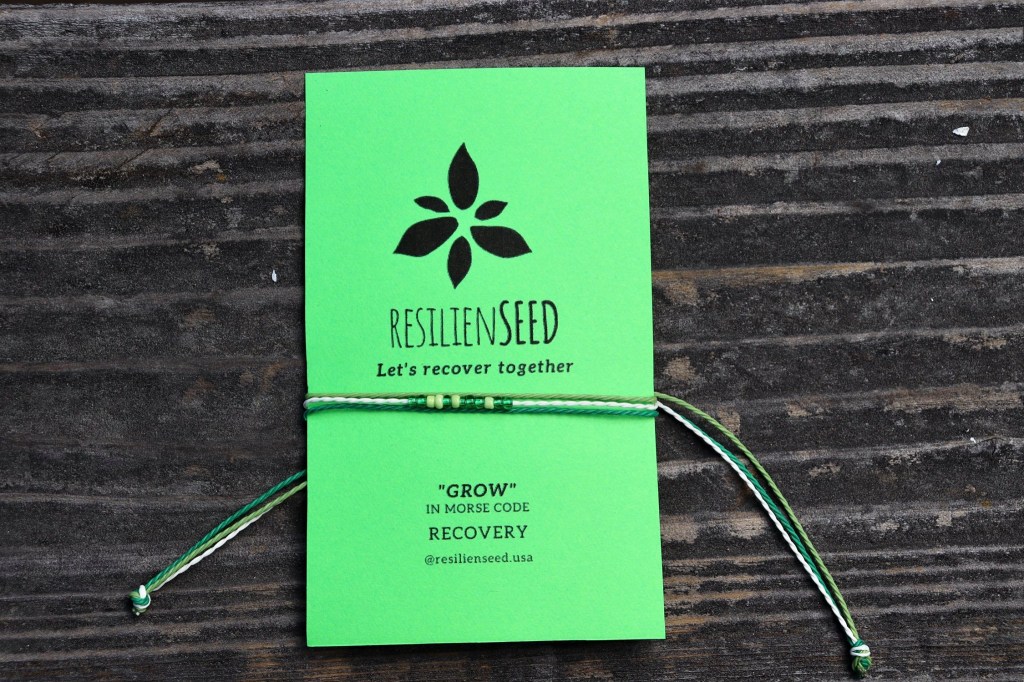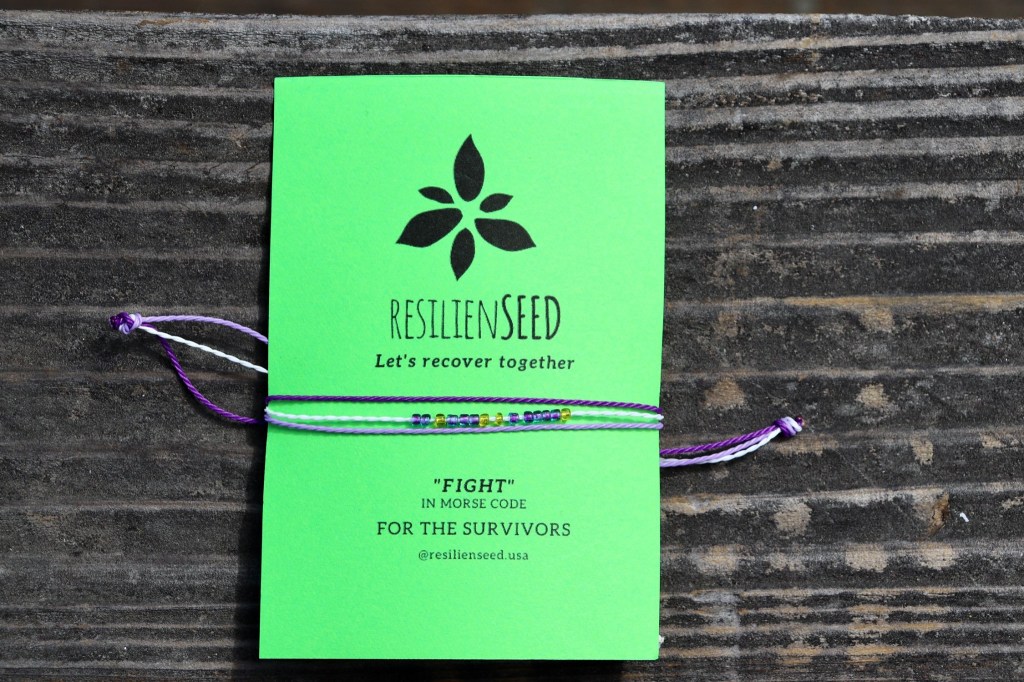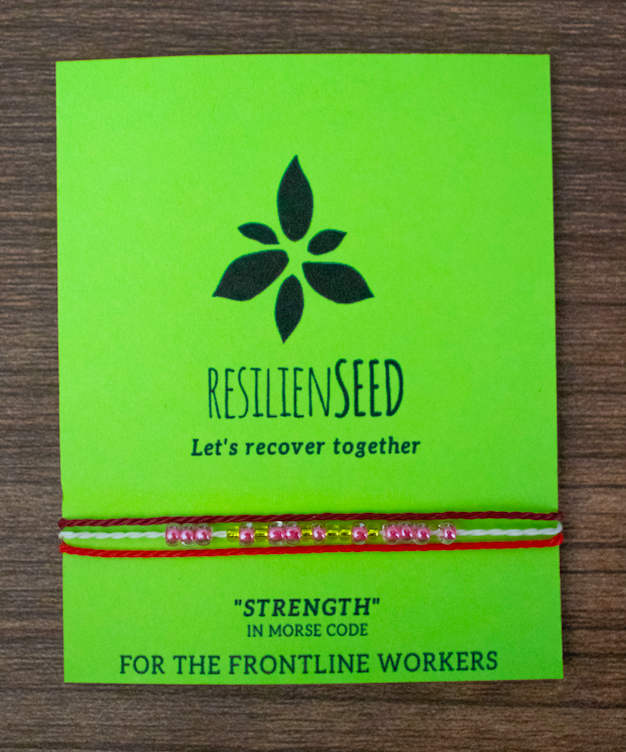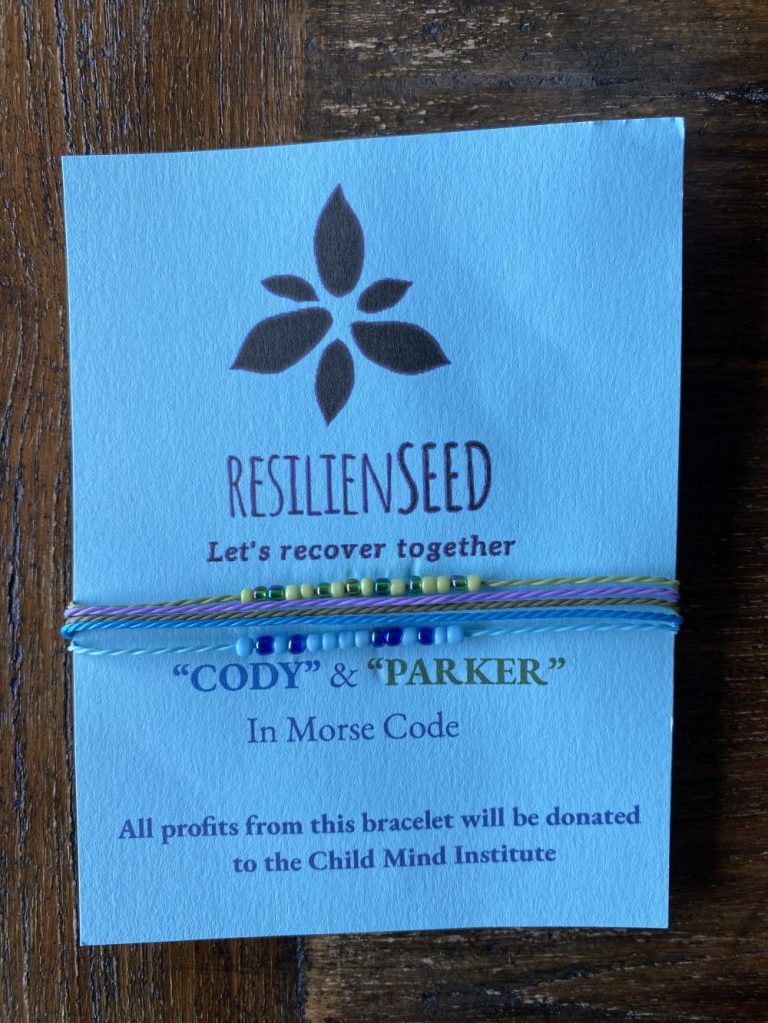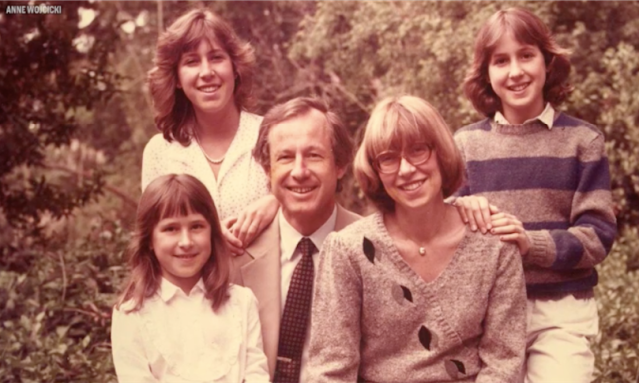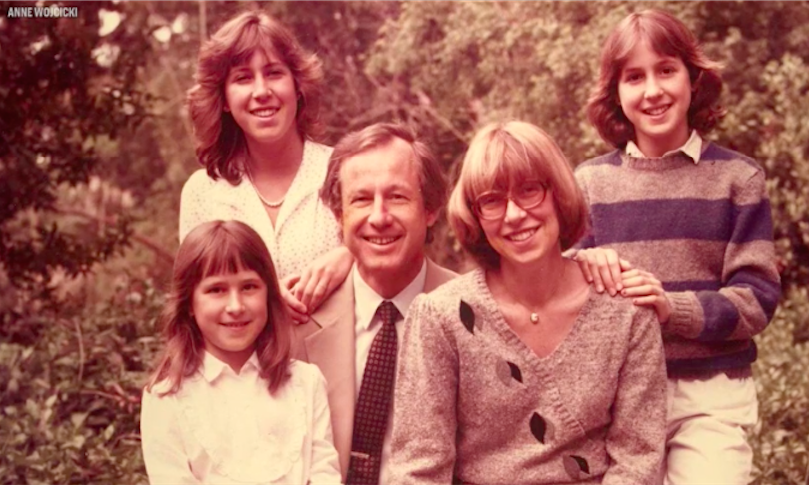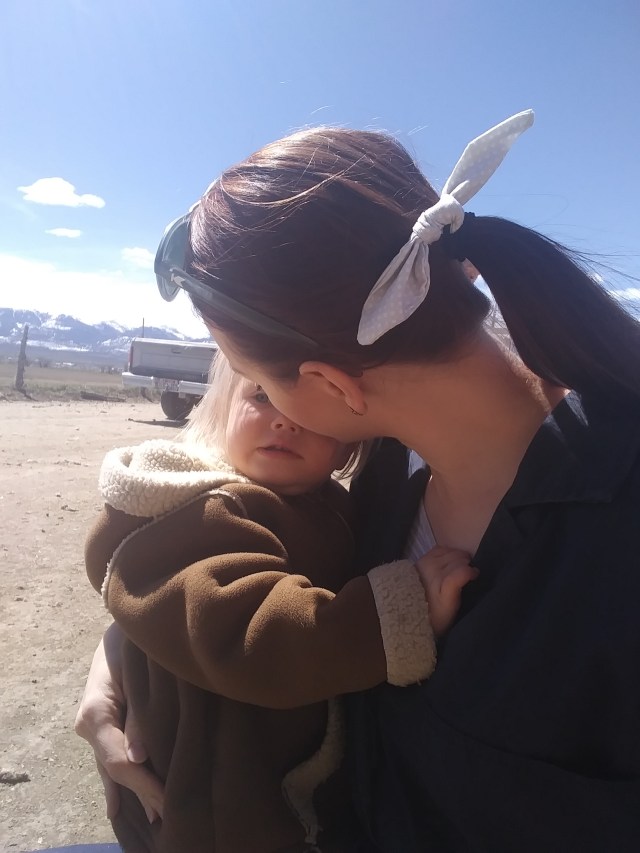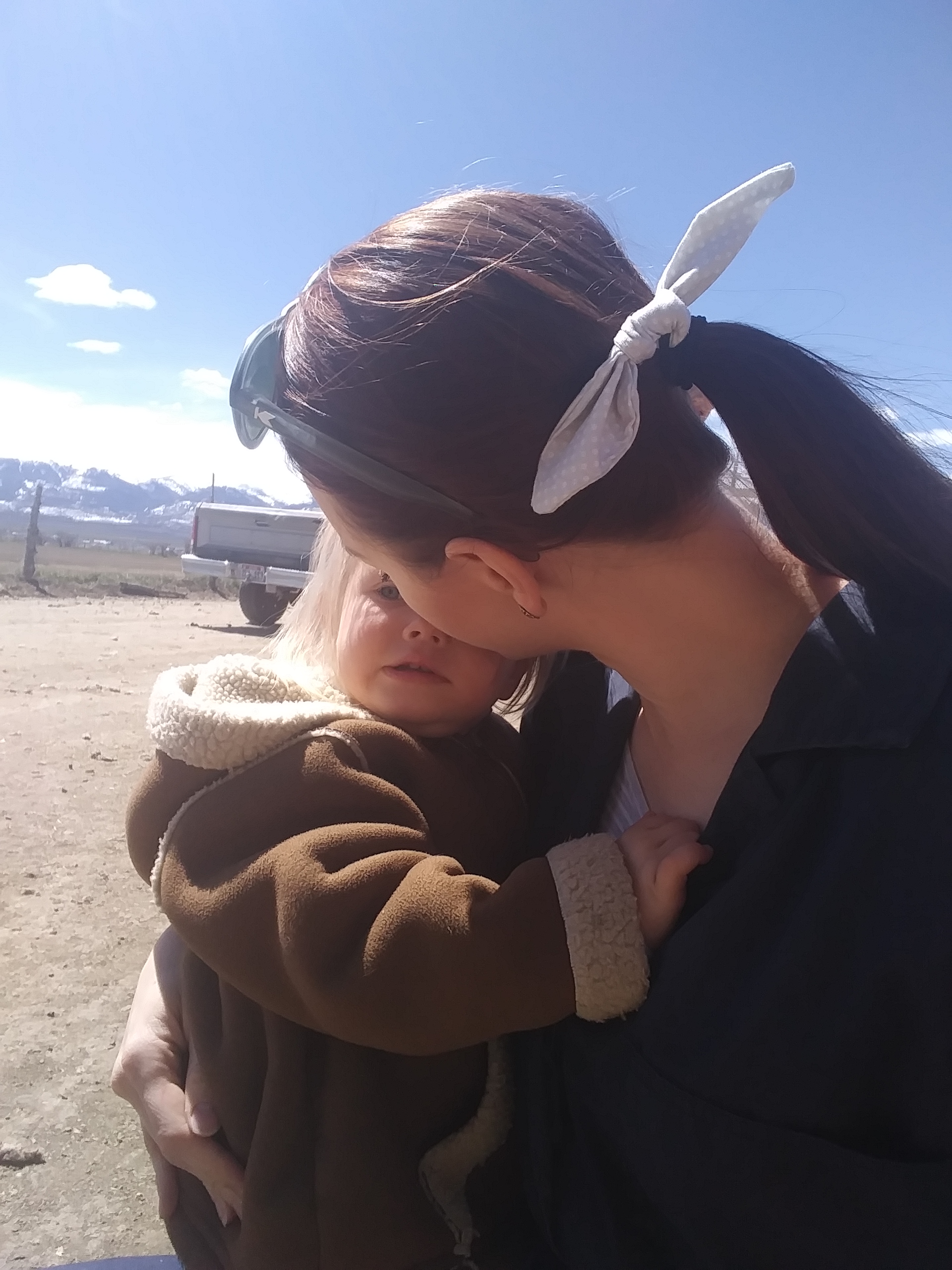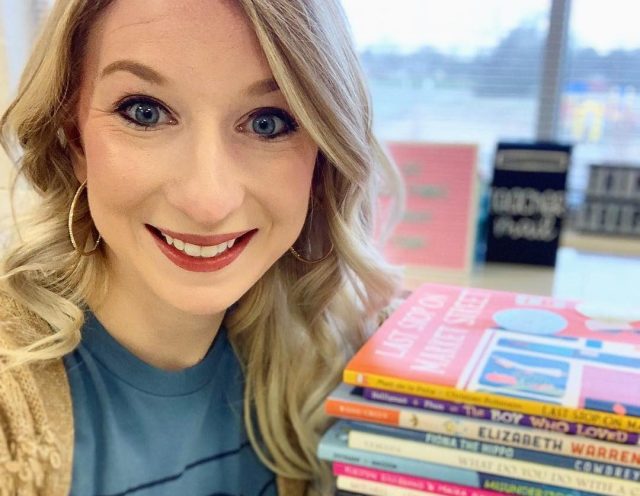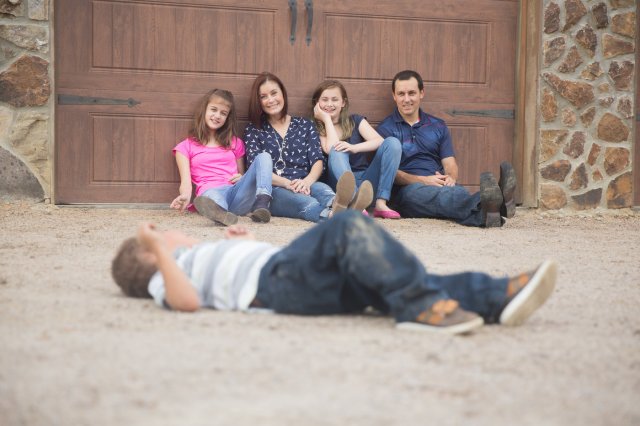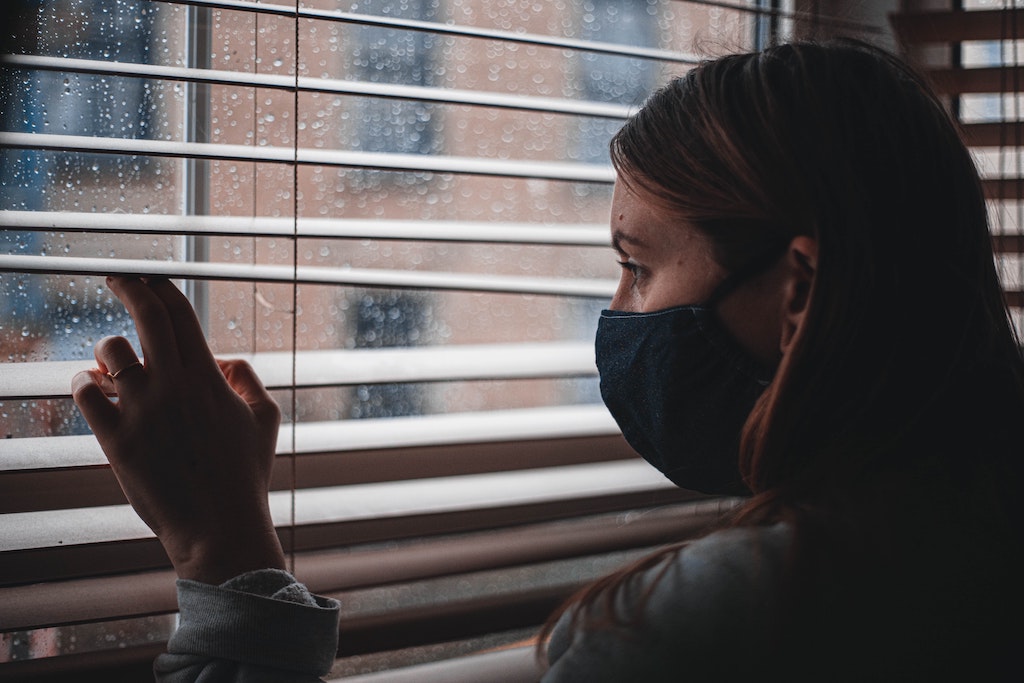
Of course, kids are grieving now. The pandemic has plunged all of us into a shared and chronic grief as we mourn life before COVID-19. It is important to recognize the grief in our children (and ourselves) and learn ways to mitigate it. This article will define grief, discuss the stages and symptoms of children’s grief, and give specific ideas for helping children. The ideas can be modified by teachers and other caregivers.
What Is Grief?
Grief is the response to loss. Many think that someone has to die for grief feelings to be real, but grief can be connected to any type of loss. Think of what our kids have lost this past year. The list is so long, but definitely includes the loss of in-person school, friends, routines, sports, missing out on milestones, and life as your children knew it. Also, if you consider that parents are more stressed, without their old routines, worried about their jobs, money, and illness; then you have the perfect storm for collective grief in your home.
Stages of Grief
Years ago, psychiatrist Elisabeth Kubler-Ross identified the stages of grief. Even for our children, they make sense.
- Denial — My life isn’t going to be any different. Nothing will change for me.
- Anger — I hate this. Why can’t I see my friends? Everyone is overreacting.
- Bargaining — If I just wear my mask for 2 weeks, I can go to school.
- Despair — All I feel is sadness. Life will never go back to normal. I don’t have any friends and I am not learning anything.
- Acceptance — Although life is tough right now, I can do some things to make it better. I will follow health rules and my parents will help me with new ways to connect. I must be patient.
Symptoms of Grief
Kids will feel the grief in their bodies before you and they recognize it as grief. No one experiences it in exactly the same way. And of course, the symptoms of grief change with each age level of children (SAMHSA). Below are just some of the symptoms to watch for in your kids.
- Children 5 years and under may be more clingy, undergo regressed behavior, have eating and sleeping changes, unexplained aches and pains, cry for no reason, have new worries, and act withdrawn.
- Children ages 6 to 10 years may have new fears, regression in developmental behavior, sleep problems, more tears, headaches/stomach aches, and act aggressively.
- Tweens and teens ages 11-19 years old may show more difficulty coping with life, increased anxiety, more arguments, resist authority, and engage in more risky behavior. If someone in this age group has an underlying mood disorder, the risk of suicide increases significantly.
It is important to recognize that these symptoms can be normal for the grief process. As with worry and sadness, grief should be dealt with as soon as it is identified. Research shows that when strong negative emotions are not addressed, they can lead to lifelong mood disorders, a lower quality of life, and become harder to treat in adulthood. In contrast, when negative emotions are dealt with early in a child’s life, they will learn enduring skills to help them through life’s future bumps and bruises. If we allow a child their sadness, it doesn’t make sadness bigger, instead, it actually makes the sadness smaller because the child feels understood and validated. The child may come to a place of acceptance of her situation and feelings.
Ways to Help with Grief
- Listen and then listen more. The article about Worry Time will give you specifics about ways to be present, undistracted, non-judgmental, and use open-ended questions.
- Explore what your child is most grieving. It can be helpful to use the tips from the Shrinking the Worry Monster book and/or make a DIY Worry Box. It is possible that your child can’t identify his specific losses at first.
- Be creative. Often grief feelings don’t come out as words. Have your child write a story about himself, draw a picture, or keep a journal.
- Use meditation techniques through apps or books. Just pausing and taking slow deep breaths can be very centering.
- Go outside and exercise.
- Tell your child that it’s okay not to be okay. Telling someone to have happy thoughts, get over it, or look on the bright side can be dismissive of the genuine pain others are feeling. Though meant to be encouraging, these comments can have the opposite effect and be toxic.
- Don’t be dismissive of your child’s grief. Remember that no one has to die for grief feelings to be real. Never negate or qualify anyone’s grief. Also do not compare your child’s grief with others—“Olive lost her grandmother, you’re just missing school.” There are no winners in comparative suffering. Real grief can only be defined by the person feeling it.
- Recognize that other’s grief can make us uncomfortable and we tend to avoid it. Minimizing someone’s grief may make “us” feel better, but not the grieving child.
- Get professional help if your child seems especially down. And recognize that the risk of suicide among tweens and teens is very real.
- Be open to joy and take care of yourself!
Like most of us, your child may be experiencing grief for life before COVID-19. This article defines grief, discusses the stages and symptoms of a child’s grief, and gives specific ways to help minimize the impact of grief. For the sake of your child’s future mental health, research indicates that grief should be addressed early. It is hoped that these tools will be helpful to everyone in your family.
